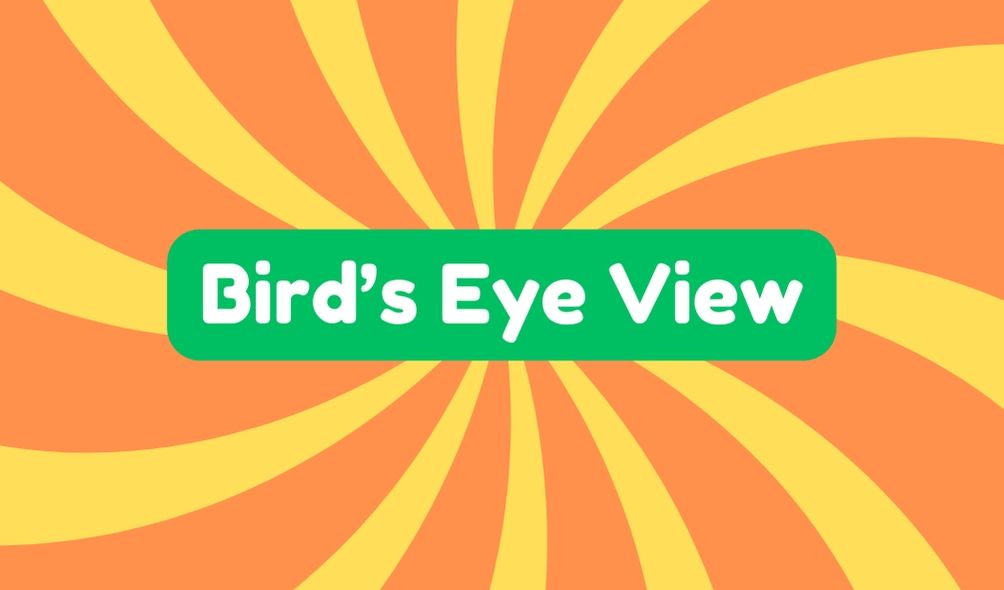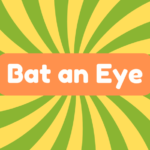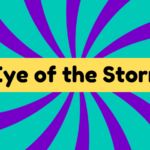A "bird's eye view" gives you a unique perspective, allowing you to see the bigger picture while keeping an eye on essential details. This phrase, rooted in history since the 1600s, emphasizes the importance of balancing broad insights with critical context. In today's complex world, having a wide-angle outlook can help you navigate challenges and make informed decisions. It prevents you from getting lost in overwhelming information and aids in recognizing connections that matter. While it's a useful concept, you should also be cautious not to overlook important nuances. There's more to this perspective worth exploring.
Synonyms
When you think about a "bird's eye view," several synonyms come to mind that capture the essence of a broad perspective. These terms illustrate the idea that seeing the whole picture often beats focusing on tiny details. They provide an overview perspective that's vital for innovation and strategic thinking. Consider these synonyms:
- Aerial insight
- Thorough view
- Wide-angle perspective
- Panoramic outlook
While these words may seem interchangeable, each carries nuances that shape how you understand a situation. A real overview means grasping complexities, not just skimming the surface. It's important to remember that depth matters; a mere aerial insight can mislead without a solid context. Always dig deeper before forming conclusions from high above!
Example of Sentences
You often find that examples can clarify the concept of a "bird's eye view," making it easier to understand its application. In creative writing and other visual perspectives, these examples shed light on how to present complex ideas clearly. Here are four illustrative sentences:
- The birds-eye view of the city is breathtaking from the observation deck.
- This report gives you a concise birds-eye view of the new project's status.
- During the lecture, the speaker provided a birds-eye view of US idioms and their evolution.
- To really grasp the situation, you need a birds-eye view of the plans we proposed.
Utilizing a bird's eye view can enhance understanding, but you must also be cautious not to overlook critical details hiding in plain sight.
Origin
The origins of the phrase "bird's eye view" can be traced back to around 1600, where it was used both literally and figuratively. Initially, this idiom described how birds perceive the world from above, offering a unique perspective. Historically, it emphasized the importance of aerial views long before airplanes took to the skies. Navigators and cartographers embraced its figurative meanings, using it to communicate broad perspectives about landscapes and domains. As commercial air travel emerged, the phrase gained popularity, eventually becoming a staple in modern language. However, while the concept is valuable for gaining a thorough insight into situations, relying solely on a "bird's eye view" may overlook essential details that sometimes matter just as much.
Collocations
Collocations of "bird's eye view" often amplify its meaning in various contexts. You might hear phrases like these that enhance its impact:
- Aerial perspective provides insight into urban planning.
- Extensive overview reveals connections in data analysis.
- Strategic thinking benefits from a bird's eye view of projects.
- Business decisions often require this elevated perspective.
Embracing such collocations can elevate your communication, giving others a clearer understanding of complex ideas. It's important to recognize, however, that relying solely on this terminology may gloss over important details. While "bird's eye view" suggests an overall view, it's key to balance it with specific insights. Otherwise, you risk losing valuable nuance amidst generalized observations. Always seek clarity, ensuring that your audience grasps both the big picture and the specific elements at play.
How to Use in Everyday Language
Using "bird's eye view" in everyday conversations can make complex ideas easier to grasp. In typical contexts, such as meetings or discussions, you might say, "Let's take a bird's eye view of this project to understand its scope." This conversational phrase helps shift the focus from details to the broader picture, allowing everyone to see connections and priorities. While it's a helpful tool, remember to use it wisely; not every situation needs this perspective. Sometimes, digging into specifics can be equally valuable. Innovate your communication by blending this phrase with others, but don't over-rely on it. Balance is key, ensuring you frame discussions that truly benefit from an overarching view without undermining the importance of the details.
Why Is It Still Relevant Today?
In today's fast-paced world, having a bird's eye view remains essential for traversing complex landscapes. You might wonder why this perspective is still relevant. The truth is, it offers strategic insight that can be a game-changer in decision-making. Without this overview, you risk getting lost in the minutiae, missing the bigger picture. A thorough analysis allows leaders and innovators to grasp intricate connections within data and projects that might otherwise seem overwhelming. Embracing a bird's eye view empowers you to quickly assess situations and craft effective strategies. In an age where information overload is common, this perspective is a lifeline, helping you navigate uncertainty with clarity and confidence, steering your path towards meaningful outcomes.







